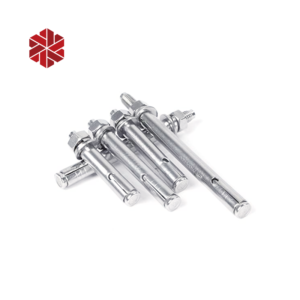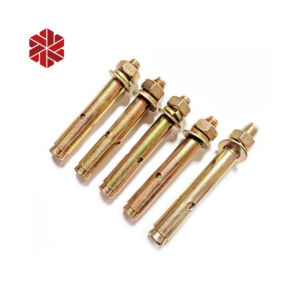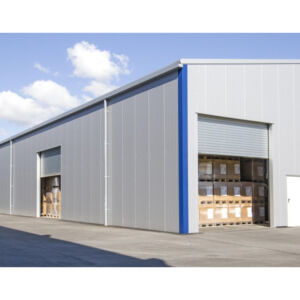Expansion bolts are special bolts used to secure objects. Their unique design enables them to form strong connections on a variety of material surfaces and are commonly used in construction and engineering structures. This article will provide an in-depth introduction to the characteristics, uses and importance of expansion bolts in construction projects.
Expansion bolts have a special structure and usually consist of a bolt, a sleeve and an expansion body. When the bolt is screwed into the sleeve, the expansion body will expand in the hole to form a tightening force, thereby firmly fixing it in the base material.
Common materials for expansion bolts include carbon steel, stainless steel, and brass to meet the needs of use in different environments and requirements.
Expansion bolts are available in various specifications and sizes to suit applications with different hole diameters and load requirements.
Expansion bolts are suitable for a variety of base materials such as concrete, brick walls, gypsum boards, and metal, providing reliable support for various building structures.
Expansion bolts are often used to fix building structures such as steel structures, columns, beams and brackets to ensure the safety and stability of buildings under wind and rain.
During the installation process of mechanical equipment, expansion bolts are used to fix equipment bases, machine tools, conveyor belts, etc. to ensure the stability and safety of equipment operation.
Expansion bolts are used for pipeline installation and fixation to ensure that the pipeline will not shake or shift during use and to maintain the normal operation of the pipeline system.
During the furniture manufacturing and assembly process, expansion bolts are used to secure furniture components and connections to ensure that the furniture structure is stable and durable.
As a specially designed connection, expansion bolts play an important role in construction and engineering structures. Its strong fixation effect and suitability for a variety of base materials make it an indispensable key component in the construction industry, providing important support for the safety and stability of building structures.







